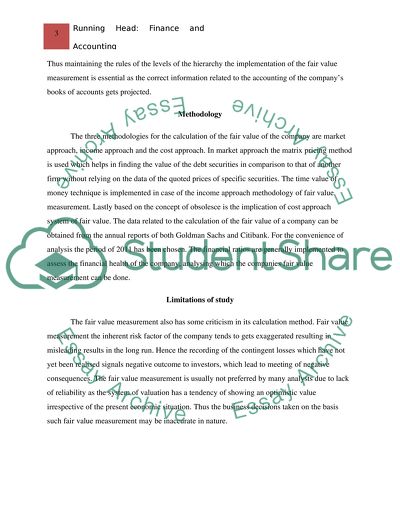Cite this document
(“Fair Value Measurements of Financial Instruments by US companies and Research Paper”, n.d.)
Fair Value Measurements of Financial Instruments by US companies and Research Paper. Retrieved from https://studentshare.org/finance-accounting/1452553-fair-value-measurements-of-financial-instruments
Fair Value Measurements of Financial Instruments by US companies and Research Paper. Retrieved from https://studentshare.org/finance-accounting/1452553-fair-value-measurements-of-financial-instruments
(Fair Value Measurements of Financial Instruments by US Companies and Research Paper)
Fair Value Measurements of Financial Instruments by US Companies and Research Paper. https://studentshare.org/finance-accounting/1452553-fair-value-measurements-of-financial-instruments.
Fair Value Measurements of Financial Instruments by US Companies and Research Paper. https://studentshare.org/finance-accounting/1452553-fair-value-measurements-of-financial-instruments.
“Fair Value Measurements of Financial Instruments by US Companies and Research Paper”, n.d. https://studentshare.org/finance-accounting/1452553-fair-value-measurements-of-financial-instruments.


